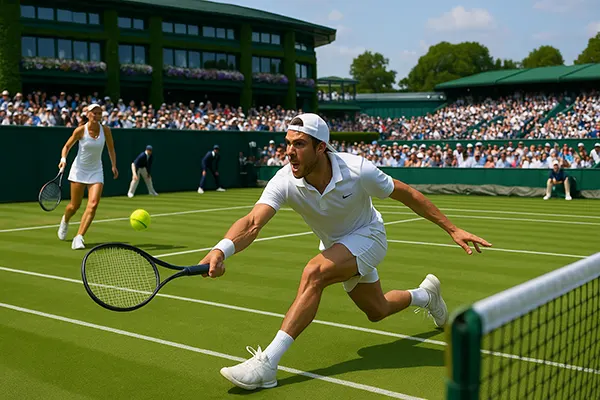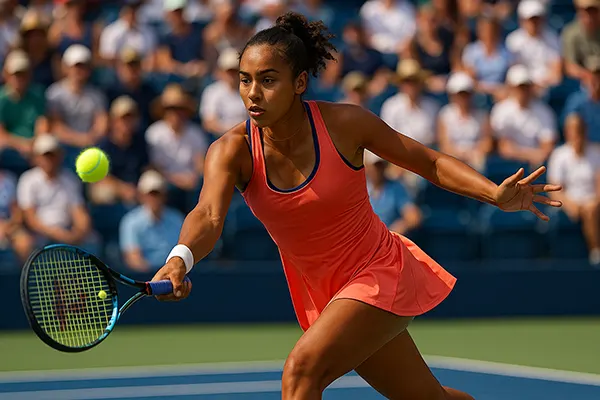In recent years, football academies have become the core of talent development, producing elite-level players who go on to shine in top European leagues. These institutions serve as both a training ground and a business model, raising questions about the true value of investing in youth. With more data available in 2025 than ever before, it’s possible to identify which academies truly dominate and what benefits their strategies bring to clubs and national football systems.
The Leading Academies by Number of Top-League Graduates
As of February 2025, clubs like Ajax (Netherlands), Sporting CP (Portugal), and Dinamo Zagreb (Croatia) are once again among the most prominent producers of top-league talent. According to data collected by the CIES Football Observatory, Ajax has more than 80 active graduates in Europe’s top five leagues. Sporting CP continues to produce technically gifted players, many of whom go on to play in the Premier League or La Liga.
France’s Olympique Lyonnais and Stade Rennais are also key contributors, feeding Ligue 1 and other top leagues with well-prepared, tactically mature athletes. These clubs operate structured systems that focus on early development, tactical education, and professional transition before players turn 20.
Spanish powerhouses like Real Madrid and Barcelona are well-represented through La Fábrica and La Masia respectively, although many of their top talents now move abroad earlier in their careers due to financial strategies and limited first-team opportunities.
Impact of These Academies on Professional Football
These elite academies do more than just produce players; they influence global football trends. Their graduates often command significant transfer fees, offering a sustainable financial model for clubs with limited commercial revenue. For instance, Benfica has earned over €400 million in transfers over the last decade from youth players alone.
Moreover, having homegrown players enhances club identity and ensures continuity in playing philosophy. Ajax’s consistent Champions League presence is a testament to this approach. Sporting CP’s emphasis on technical development also reflects in Portugal’s recent international successes, where academy alumni play crucial roles.
Another impact is regional football empowerment. Dinamo Zagreb’s model has allowed Croatian clubs to compete internationally while providing a pipeline for the national team, which consistently ranks among Europe’s top 10.
Is Investment in Youth a Smart Strategy?
Financially, investing in youth has proven to be highly rewarding. Establishing and maintaining a youth academy may involve significant upfront costs – typically between €2 million to €10 million annually – but long-term gains, both sporting and financial, are often exponential. Clubs like FC Nordsjælland and Red Bull Salzburg have maximised this approach with excellent scouting and advanced analytics.
Clubs using this strategy often reduce their dependency on the volatile transfer market. Instead of paying inflated fees for established stars, they develop future stars internally. For example, Brighton & Hove Albion has benefited from recruiting young prospects early and integrating them systematically into their squad or loan network.
Additionally, homegrown players often exhibit stronger loyalty and adaptability. They understand the club’s philosophy and are less likely to leave prematurely, unless for significant career progression or international opportunities.
Risks and Challenges of Relying on Academies
However, this model is not without risks. Not every academy investment leads to success. Factors such as poor coaching standards, inadequate infrastructure, or failure to provide first-team pathways can limit the yield of even the most promising talents. Inter Milan and PSG have both struggled to retain and integrate top academy players.
Another issue is early poaching by richer clubs. Young talents from Eastern Europe or Scandinavia often sign contracts with Premier League or Bundesliga sides before even making senior appearances in their home leagues, weakening domestic development systems.
Furthermore, regulatory changes (like Brexit’s restrictions on youth transfers) and increasing competition for teenage prospects have forced clubs to adapt their strategies rapidly, making long-term academy planning more complex.

Future Trends in Youth Development
In 2025, data-driven player development and AI-assisted training are becoming the new norm. Clubs like Brentford FC and RB Leipzig have integrated predictive analytics to track potential, injury likelihood, and performance metrics from early adolescence, improving talent retention and player fitness.
Partnerships with schools, e-learning platforms, and social development programmes are also emerging, aiming to create well-rounded individuals, not just footballers. Education is now central to most elite academy programmes, especially in Northern and Western Europe.
Moreover, multi-club ownership models (such as City Football Group) are enhancing cross-border youth development. Young players can now gain experience in different leagues without being exposed to excessive competitive pressure too early.
The Globalisation of the Academy Model
Youth academies are no longer limited to Europe. As of 2025, MLS clubs in the United States are producing more top-tier talents than ever, with FC Dallas and Philadelphia Union leading the way. Their players now feature prominently in the Bundesliga and Premier League.
South American academies are also evolving, with Brazilian clubs like Palmeiras and Athletico Paranaense heavily investing in youth systems that attract scouts from across Europe and Asia. These models combine local flair with structured discipline.
African football is witnessing a surge in grassroots academies with the support of European partnerships. Aspire Academy in Senegal and Right to Dream in Ghana have created pathways to Europe’s top academies, significantly increasing African representation in elite football.




